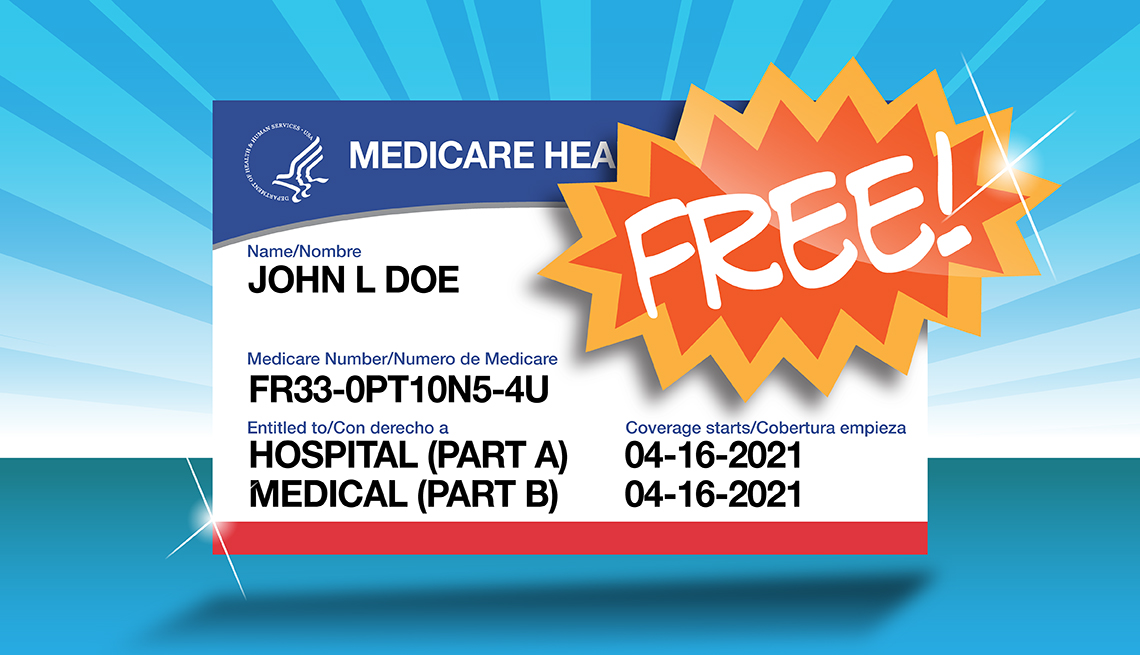AARP Hearing Center
Key takeaways
- Original Medicare isn’t just one policy. Medicare Advantage is all in one.
- Original Medicare lets you use any doctor. MA has limited networks.
- Both must provide the same care. MA may cover more but restrict more.
- MA premiums may be lower but other costs differ from original Medicare.
- Use original Medicare anywhere in the U.S. Advantage has geographic limits.
Once you're signed up for Medicare Parts A and B, you get to choose the type of coverage that best meets your needs — original Medicare or a Medicare Advantage plan.
If you decide on federally run original Medicare, you may have several separate plans:
- Part A helps pay for inpatient hospital and skilled nursing care, some home care and end-of-life hospice care.
- Part B covers doctors’ services, diagnostic screenings, durable medical equipment, lab tests, outpatient care and preventive services.
- You can choose to buy a separate Part D plan because original Medicare doesn’t automatically include prescription drugs.
- You can buy a Medicare supplement policy, Medigap, to help with Medicare’s deductibles and copayments.
If you choose a Medicare Advantage plan, a privately issued alternative also known as Part C, you may have Part A, Part B and Part D all in one plan. In 2024, nearly 9 in 10 MA plans include prescription coverage. You’ll have different copayments and deductibles than original Medicare.
Medicare Advantage plans have become increasingly popular. Nearly 33 million people — 54 percent of eligible Medicare beneficiaries — are enrolled in an MA plan in 2024. The average enrollee has 43 plans to choose from.
“There are trade-offs in choosing one kind of coverage over the other,” says Meredith Freed, senior policy manager with KFF’s program on Medicare policy. “A Medicare Advantage plan may have zero-dollar premiums, availability of extra benefits, reduced cost sharing for many services and an out-of-pocket spending limit. Those things are attractive to people, but it also comes with provider networks and prior authorization.”
You’ll use Medicare differently depending on whether you pick original or Advantage. Here's a comparison of how each works.



















































































More From AARP
7 Medicare Changes You’ll See in 2025
Lower drug costs, coverage changes and new benefits
Medicare Open Enrollment: Everything You Need to Know
When it starts, ends for Medicare and Advantage plans
Ask Dr. Adam: How Can I Boost My Immune System?
Help strengthen your body’s defenses against illness this winterRecommended for You